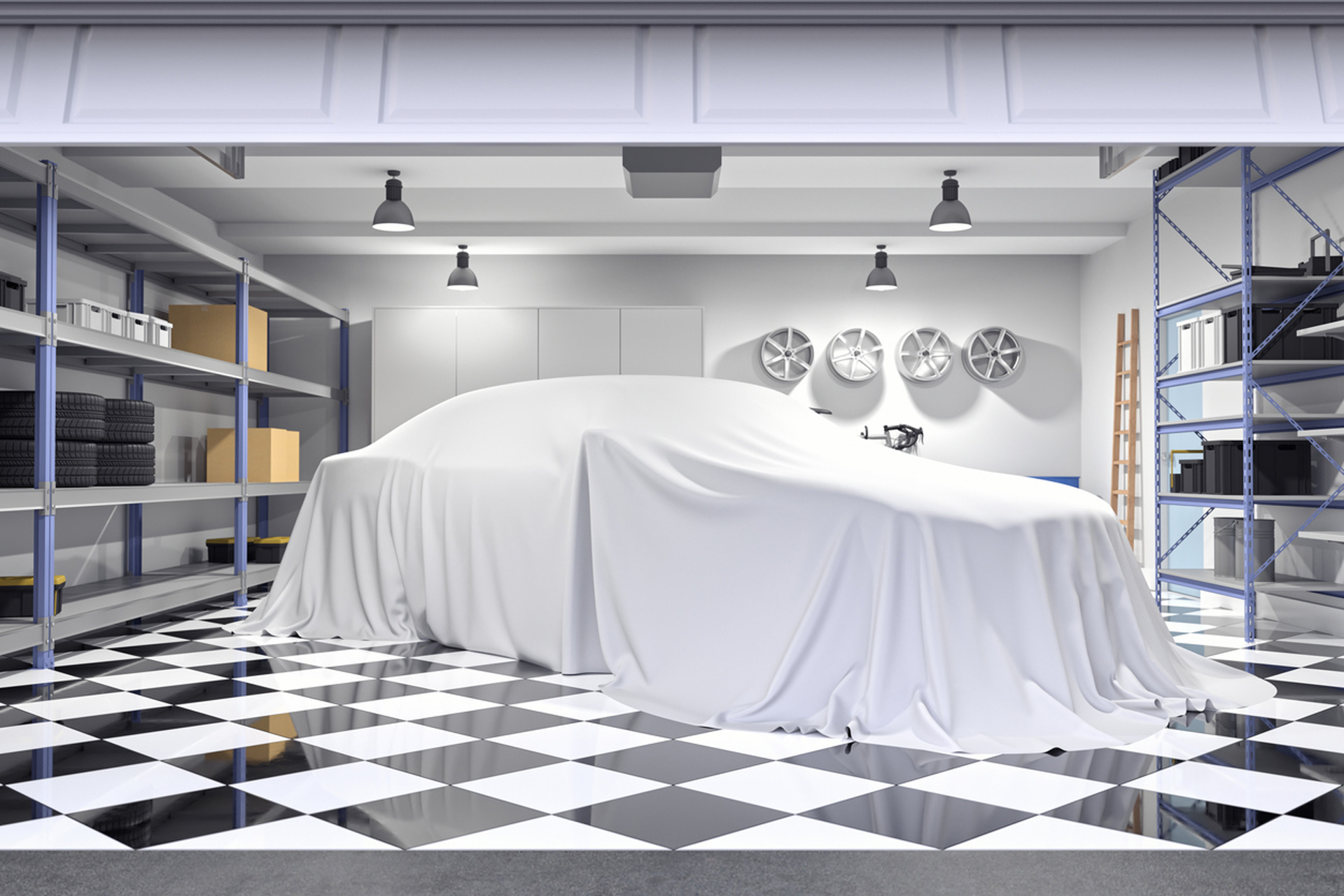

3D technology is becoming more popular day by day. 3D epoxy flooring is used in shopping malls, halls, offices, houses and apartments due to its innovation, variety and extraordinary efficiency. Among the types of epoxy flooring, 3D epoxy is currently the latest way to beautify today’s fantasy world. Unlike stickers or engineered vinyl that are placed directly underfoot, 3D installed epoxy flooring has a much higher image depth and is resistant to any damage that might destroy the floor’s finish.
Installation and implementation of 3D epoxy flooring is done in several steps. First, the foundation and preparation of the surface is done, then the special primer is applied and the selected image is installed on the surface. Then a layer of clear two-component epoxy or polyurethane varnish is applied on the surface to give depth to the image and create a stunning beauty. Finally, a layer of protective resin is applied to the surface.
Epoxy resin and a suitable 3D image are the main prerequisites for implementing 3D epoxy flooring. In general, the equipment required for the correct implementation of these floors can be mentioned as follows:
– Cleaning tools to remove dust and excess material from the floor
– Self-leveling primer
– The desired canvas (3D image) for execution
– Synthetic resin, preferably polyurethane or PU
– Plastic tee for smoothing the canvas
– Plastic roller for spreading resin
Implementing 3D flooring is a complex and time-consuming task that usually takes between 3 and 5 days. The price depends on many factors, including the current level of work, materials, and the total area of the project and the complexity of the work. Efficiency and expected durability are two important factors affecting the cost and price of epoxy flooring. High-quality raw materials and the use of experienced performers increase the cost. Complex designs make implementation difficult and time-consuming, thus increasing the final cost.
One of the most important advantages of 3D epoxy flooring is its visual effect, high resistance, easy maintenance, proper safety, and fire resistance.
Along with all the advantages, 3D flooring has limitations, the main ones being the following:
– Need for special equipment: relatively expensive raw materials, access to a printer with the ability to print images in large dimensions and with good quality
– The need for skilled labor: due to the use of special equipment and the need for high precision to achieve the right quality, the labor force must have received sufficient training to implement this type of flooring.
– Long processing time: The processing of these floors usually takes between 3 to 5 days or more.
Relatively high cost: lack of skilled labor, relatively high demand and the cost of raw materials have caused the high cost of implementing these floorings.
Cold floor: These floors are cold like concrete and tile. Therefore, you should choose where to use them with this point in mind.